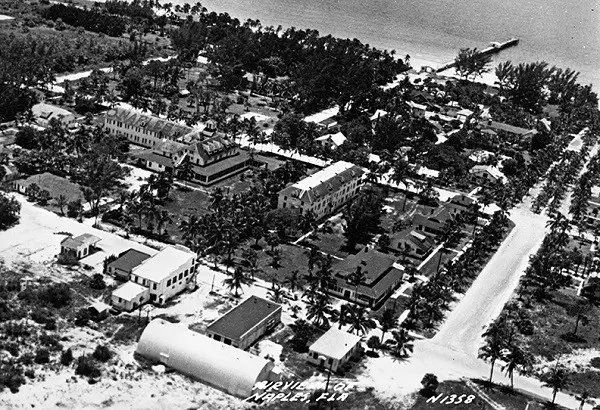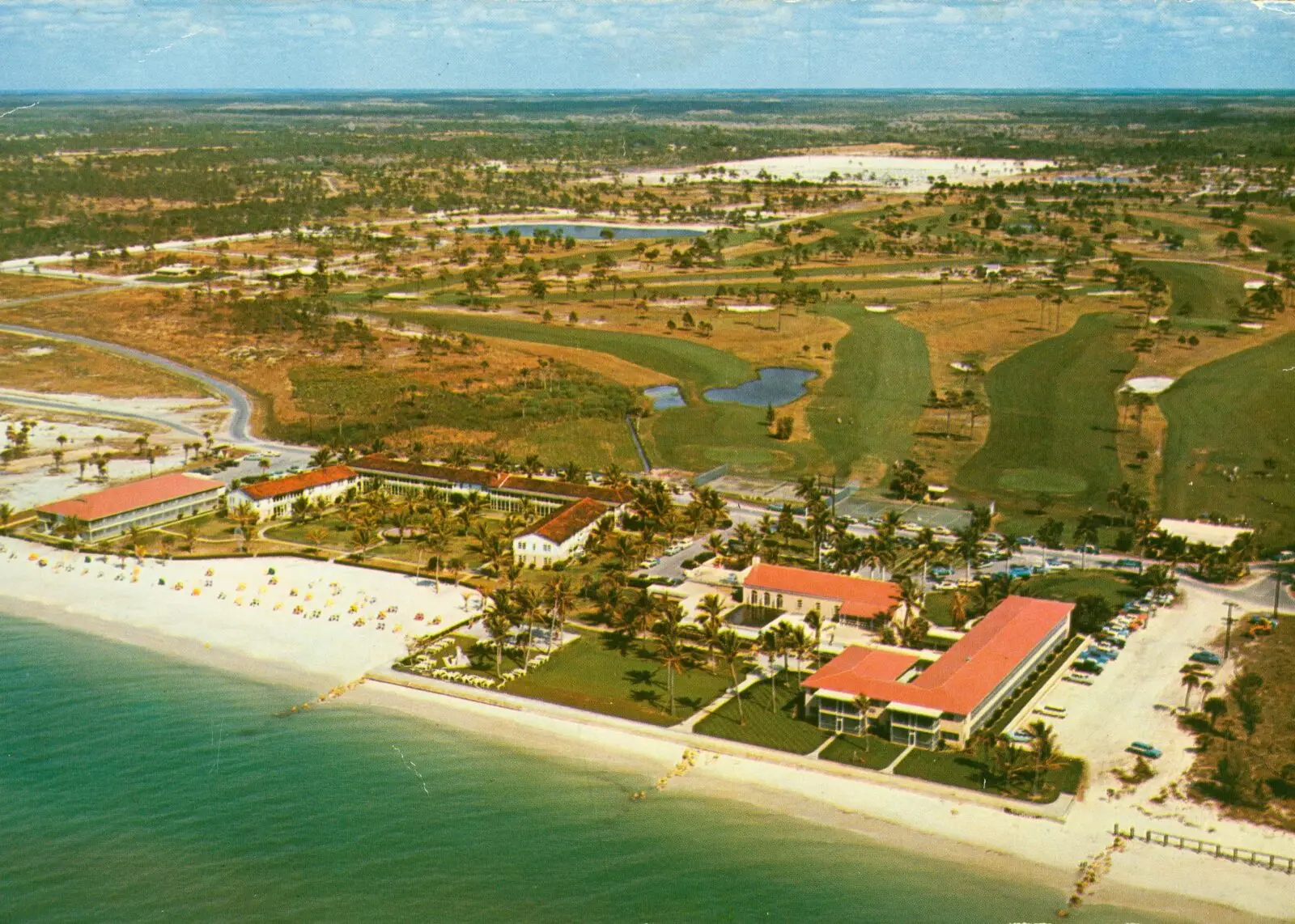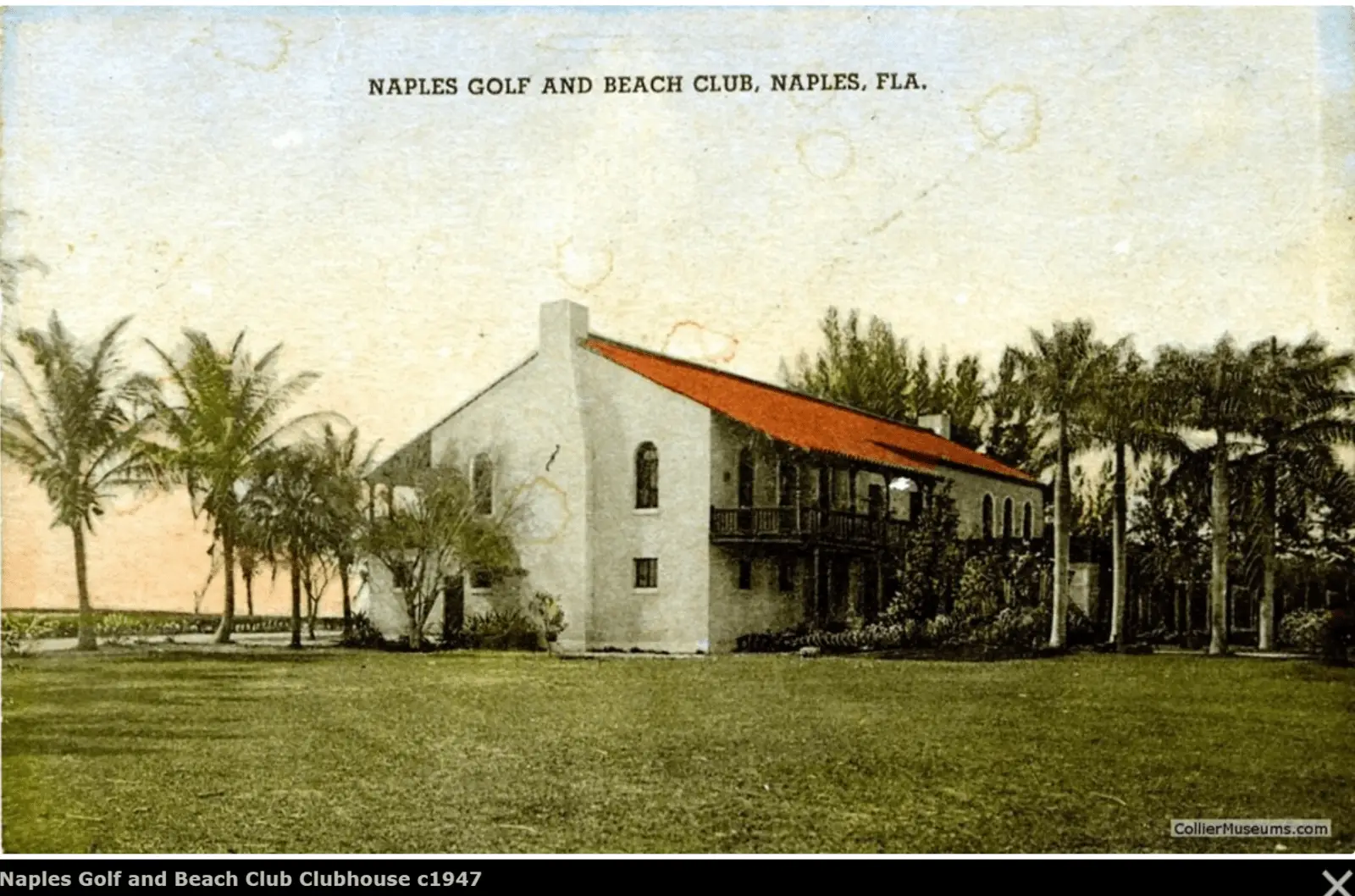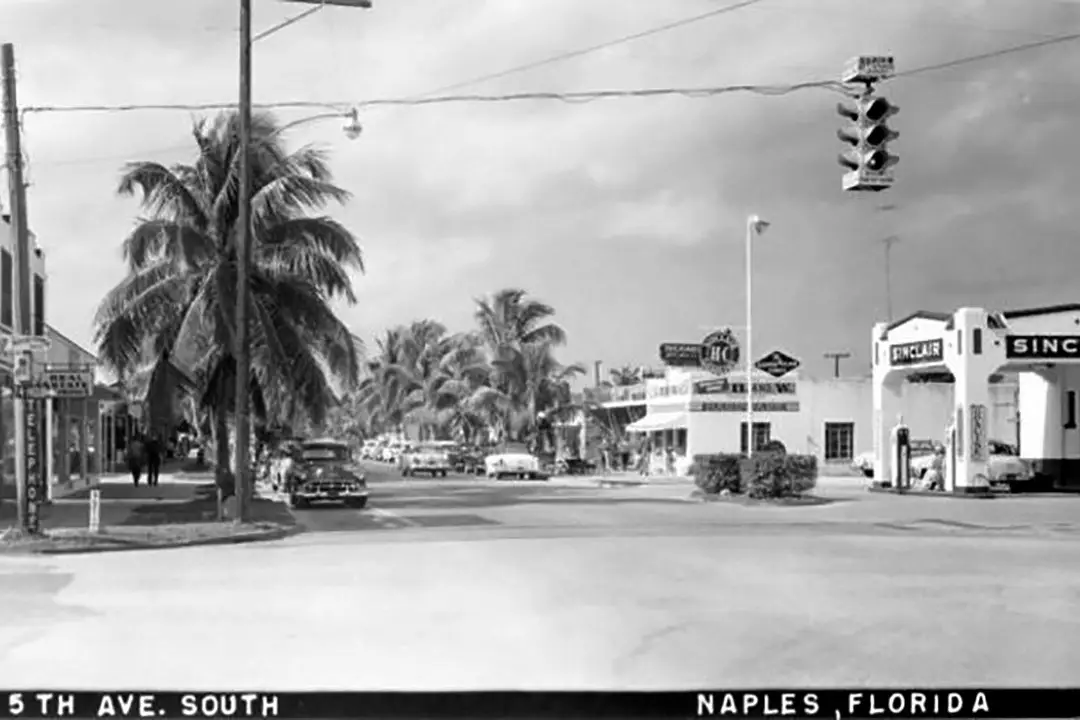


Let me start this blog by saying, “welcome to 2021!” As a break from all the other noise out there, we thought we would begin the year by looking at the beauty that surrounds us! So, this blog will concentrate on our beautiful, booming town of “Naples, Florida”. Yes, it was named after the Naples in Italy.
The purpose of this blog is to dig into the past, and look at how the Naples we live in today came to be. Because, I feel, if you can understand how something was created, you can appreciate what you have now.
There is, would you believe, a rich history to our town that dates back as far as 1513 (first known recording of events). Yes that is pretty old. Now let us begin.
Well of course the land that Naples sits upon has been around for millions of years. However, the Calusa (which means fierce people) Indians native to Florida, also known as the Shell Indians, were not noted until 1513, when the Spaniard Juan Ponce de Leon first landed in Florida. Although it is thought they had inhabited the area for 1000’s of years previous. The Calusa Indians were not happy about their new European neighbors, who were subject to targeted attacks from the native tribes. The Spanish fought back, and with the help of disease the Calusa tribes finally retreated to the South West of the region.
Naples was founded in 1886 by Kentucky U.S Senator John Stuart Williams and his partner Walter N Halderman; the publisher of the “Louisville Courier Journal.” Halderman and his family were the original owners of Palm Cottage – Naples oldest building, built in 1895. The two men had sailed through the Gordon Pass into a beautiful expanse of water, heading up a group of families from Kentucky and Ohio. They fell in love and the two men formed the “Naples Town Improvement Company” in 1886. So Naples began.
This tiny part of Florida was regaled by magazines and newspapers alike. Hailed as the Naples of America! With its mild climate, abundant fish and game; it was likened to the sunny, idyllic land of Naples in Italy. This was its advertising line, people loved it and the name stuck!
In the beginning access to Naples, Florida was via steamboat. The Naples Company (owned by Williams and Halderman, our intrepid Kentuckians) commandeers a boat called “Fearless” to transport goods and passengers from Punta Gorda via the Gordon Pass to Naples Bay. However, problems used to occur at low tide, with “Fearless” becoming frequently stuck on the multiple sand bars in the area.
Therefore, in 1889, to eradicate the problem, the town constructed a pier at the end of 12th avenue South (then called Pier street). Boat beaching was now a thing of the past, and Naples is the proud owner of 600ft, T shaped pier set in 18ft of water.

Over the last 132 years, the pier has been the casualty of 4 hurricanes, fire and wood eating worms ! So over that time the pier has been rebuilt and modified significantly. The last such remodel was in 2015 and cost a whopping 2.2 million dollars. The structure of the pier we know today was made in Fort Myers, with the 30ft sections of Brazilian hardwood being floated in by barge. Very much like it had in 1888.
Further reading on the Naples Pier
I am sure you can guess, but the pier was integral to the development of the fledgling city. As was the construction of the Naples Hotel in 1889, known and loved for the last 74 years as the Naples Beach Hotel. Which will sadly be demolished this year, to be rebuilt as a new hotel development with condos – read more below.
Historic Naples Beach Hotel & Golf Club set to undergo demolition, renovation

The original site for the hotel was two blocks east of the Naples fishing pier. Which is only 1.5 miles south of what would eventually become the hotels current location. Historically, guests who were predominately from the Midwest, arrived for the “season” in December and returned home in the spring. It was at one time the main hub for all Naples visitors. Where they ate, slept and relaxed during those long winter months.
The pier was used to drop off the guests from the boat, all ready for a winter vacation. They could then travel down the pier via a small tramway which extended down Pier Street, and finally deposit the happy guests at the hotel. The pier also housed a small post office for the guest’s convenience.
The hotel flourished and in 1929 Allen Joslin and his wife Lois (heir to the Jergens hand lotion fortune) , built the first 18-hole golf course in the area.

This would also be the course where Jack Nicklaus first broke 40 strokes for only 9 holes, aged ONLY 11 years old.
The couple then proceeded to buy the adjacent beachfront property and created “The Beach Club “. Which is now the site of the current hotel we all know and love.
Further reading – Our Hotel – Naples Beach Hotel and Golf Club
http://www.floridahistoricgolftrail.com/courses/naples-beach-hotel-golf-club/
Thomas Edison – Inventor
Gary Cooper – Actor
Hedy Lamarr – Actress
President George Bush
Greta Garbo – Actress
Harvey Firestone – Founder of Firestone Tire and Rubber Company


Hailed as the unofficial main street of downtown Naples. 5th Av S is truly it’s heart. From the 1920’s until now, the street was where you came to hang out, get to the beach and trade. In the 1920’s it looked very different from today. In 1923 Ed Frank’s Garage and his small parade of shops, were the FIRST Commercial buildings on the street, and were situated at 10th street. (We will talk about Frank’s in the next blog edition, as it still stands today).
This is about three blocks east and west of 9th Street South. Also in this area stood: The Chamber of Commerce, a telephone company, the train depot (welcoming in the Orange Blossom Express), Jack “Doc” Prince’s Naples Liquors, a gas station, Hixon’s Sundries and Club 41. The junction was known as “Four Corners,” (where Tamiami Trail and 41 meet) and, in 1948, was home Naples’ first traffic light was installed! – quoted History of 5 th Avenue South Naples (fifthavenuesouth.com)
Did you know that there was a small 9 hole golf course located at the end of 5th? Yes! Right near the beach. I had read that golfers used to have to use 5th Av S and 3rd St as fairways. FORE!
Read more about the streets eclectic history here
I hope you have enjoyed this first installment of Naples History. Next time we we be looking at how transportation links brought about growth in Naples, and in the 3rd installment, we will dig into the Zoo, Wynns, Franks and Port Royal.
There is so much we stroll past in Naples, names that have no real meaning until you dig further. However when discovering their significance to the place we now call home, we can create roots. Examples being – Fleischmann, Collier, Franks, Wynns. These were pioneering families who braved the heat and conditions, to made this corner of swampland into a place that could be inhabited, enjoyed and thrived in.
Who would have thought that those two visionary Kentuckians could have spearheaded the city we now have? Even with its booming economy, wealth and sunshine, it still manages to stay humble to its roots?